Begonia is a wonderful plant, it is used to decorate gardens, parks, squares, they love to grow it at home. This flower belongs to the numerous Begoniaceae family. This genus has 900 species found in the wild, and about 2000 bred hybrid specimens. The plant got its name thanks to Michel Begon, who described it at the end of the distant 17th century. Begonia began to be used as a decorative flower only 100 years later.
Begonia history
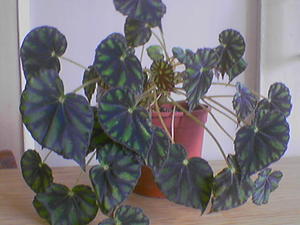 Michel Begon described her in the Antilles. A few decades later, they described an ever-flowering begonia from Brazil, then a royal begonia from the Indian subcontinent, and then a tuberous begonia from South America. They served as the basis for the emergence of modern varieties. At first its wide used for decorative purposes - it was exclusively a greenhouse flower, then varieties appeared that could withstand the vagaries of the weather.
Michel Begon described her in the Antilles. A few decades later, they described an ever-flowering begonia from Brazil, then a royal begonia from the Indian subcontinent, and then a tuberous begonia from South America. They served as the basis for the emergence of modern varieties. At first its wide used for decorative purposes - it was exclusively a greenhouse flower, then varieties appeared that could withstand the vagaries of the weather.
Around the world today there is a huge variety of hybrid forms and varieties of this culture.
Depending on their decorative qualities, all begonias are classified as follows:
- Decorative blooming.
- Decorative deciduous.
Tuberous begonia stands out among the most popular species. Its flowers are of extraordinary beauty and brightness, and this is combined with unpretentious care.
In nature, the plant prefers the humid climate of the tropics and subtropics. Selects shady places, but can be found at an altitude of 4000 meters above the sea, in the mountains and arid slopes.
Variety of types and shapes of flowers
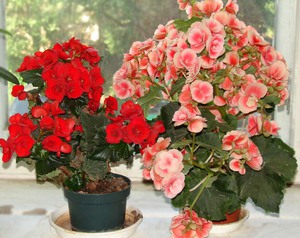 Begonia can be a small herb, not exceeding 3 cm, and also a fairly tall shrub. Some species have no stem, others have only one leaf. The leaves have different shades of green, the reverse side is plain or stained and patterned... Flowers shine with a variety of warm colors.
Begonia can be a small herb, not exceeding 3 cm, and also a fairly tall shrub. Some species have no stem, others have only one leaf. The leaves have different shades of green, the reverse side is plain or stained and patterned... Flowers shine with a variety of warm colors.
Begonia blooms very abundantly and brightly. Its luxurious flowers are similar to roses, camellias, daffodils, carnations. A variety of elegant flowers will decorate the summer garden from the beginning of summer to September. If the plant is in the room, then the flowering time increases - begonia blooms from late spring to late autumn. How to care for begonia at home?
Begonia. Home care, photo
Home-grown begonias, depending on care, can bloom both in the warm season and in winter. Decorative-flowering species are distinguished by the beauty of the resulting flowers, while decorative-deciduous ones have spectacular colors and the shape of the leaves, have pubescence, while the resulting flowers do not have decorative value. The photo shows specimens from both groups.
Lighting and temperature
Indoor plant prefers to grow in bright light... Blooming specimens are in greatest need of it. However, in the very heat, the plant should be shaded from the active sun, since by doing this, burns can be prevented. Decorative deciduous varieties need diffused light, the flower should be placed on the eastern or western windowsill.
The begonia flower loves warmth, in the warm season it is necessary to maintain the air temperature at around 22 degrees, in winter the air should warm up at least 15-18 degrees.
Air humidity, watering and feeding
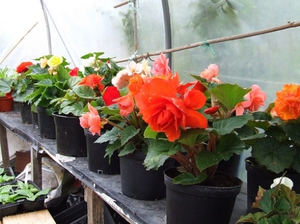 Caring for an indoor flower involves creating a certain microclimate. Since the plant is tropical, it needs high humidity, but experts do not recommend spraying. Since getting on the leaves, water provokes the appearance of brown spots. To increase humidity, creating the necessary microclimate for begonias, the following structure should be built. Place the flower on an inverted tray, which will place in a larger container, the remaining space cover with expanded clay... Keep an eye on its moisture at all times to ensure the necessary air humidity around the begonia.
Caring for an indoor flower involves creating a certain microclimate. Since the plant is tropical, it needs high humidity, but experts do not recommend spraying. Since getting on the leaves, water provokes the appearance of brown spots. To increase humidity, creating the necessary microclimate for begonias, the following structure should be built. Place the flower on an inverted tray, which will place in a larger container, the remaining space cover with expanded clay... Keep an eye on its moisture at all times to ensure the necessary air humidity around the begonia.
In summer, in hot weather, it is required to arrange an abundant drink for the plant. In this case, you need to ensure that there is no stagnation of water either in the pan or in the pot itself. Pour with settled water when 1.5 cm of the earthen coma has already dried up from the previous watering. In winter, watering is reduced. Tuberous species are not watered at all in winter, since they have a sleep period, they are placed in peat.
After the indoor begonia flower has bloomed, top dressing should be carried out. Fertilizers are applied 2 times a month. Decorative deciduous species are fed with nitrogen, which affects the growth of leaves. Decorative flowering specimens are not watered with fertilizers containing this component, since it inhibits flowering.
Begonia flower transplant
The soil for an indoor flower is purchased in a specialized store or made independently. To do this, you need:
- Place a drainage made from regular sand at the bottom of the pot.
- Cover half the pot with leafy soil.
- Add a one-to-one mixture of peat and black soil.
The soil should be prepared correctly as this will affect the growth and health of the begonia.
Begonia care is carried out with periodic transplants, it is done as needed. If the roots are sticking out of the drainage hole, then it's time to transplant into a more spacious container. The plant is transplanted, as a rule, in early spring. The begonia should be carefully removed from the pot, the roots should be cleaned from the ground and placed in a solution of potassium permanganate. After cleaning and disinfecting the roots, the dead parts are cut off.
Reproduction
Indoor begonia reproduces in three ways, namely:
- Leafy cuttings,
- Stem,
- By dividing the bush.
Each type of begonia has its own characteristics of reproduction, so they must be reckoned with, otherwise the plant will not take root. For example, the tuberous species uses seeds and tubers for propagation.
Transplant and reproduction of this type is carried out in the following sequence:
- In the autumn, the tubers are taken out of the ground.
- Cut off the leaves.
- They cleanse the roots from the earthy coma.
- Place the tuber in the peat so that it does not dry out.
- The temperature is maintained at about 10 degrees.
The tuberous type of begonia after transplantation will grow well if this procedure is carried out from February to May.
A shoot will appear from the seeds, if they are sown in a pot filled with earth and sand, they should be watered sparingly. The seeds germinate very slowly, the sprouts and roots that have appeared will tell you about the process that has begun.
Diseases and pests
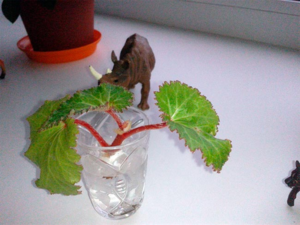 Often from an excess of moisture, begonia suffers from a fungal disease - powdery mildew. In order to prevent the development of the disease in time, you should periodically carefully examine the core of the bush and the lower leaves. It is these parts of the plant that are most prone to rot and powdery mildew... If you find this problem, you should immediately reduce watering and remove the affected areas of the plant. This will prevent the fungus from spreading throughout the plant.
Often from an excess of moisture, begonia suffers from a fungal disease - powdery mildew. In order to prevent the development of the disease in time, you should periodically carefully examine the core of the bush and the lower leaves. It is these parts of the plant that are most prone to rot and powdery mildew... If you find this problem, you should immediately reduce watering and remove the affected areas of the plant. This will prevent the fungus from spreading throughout the plant.
The most frequent uninvited guests of begonias are aphids and red spider mites.To get rid of parasites, you should abundantly spray the leaves with a solution of insecticides: Karbofos, Fitoferm or Intavir. After such an execution, a bag is put on the plant, which does not allow air to pass through, the plant should stay in it to enhance the effect. The appearance of pests, as a rule, arises from insufficient or improper care. Therefore, if you are doing everything right, then the parasites of your begonias do not care.
So begonia is a grateful home flower, if the plant is properly looked after. If you grow decorative deciduous varieties, then you can create green corners where the beauty of begonia leaves will manifest itself in full force. And abundantly and spectacularly blooming samples will bring brightness to your life and give you many pleasant minutes.

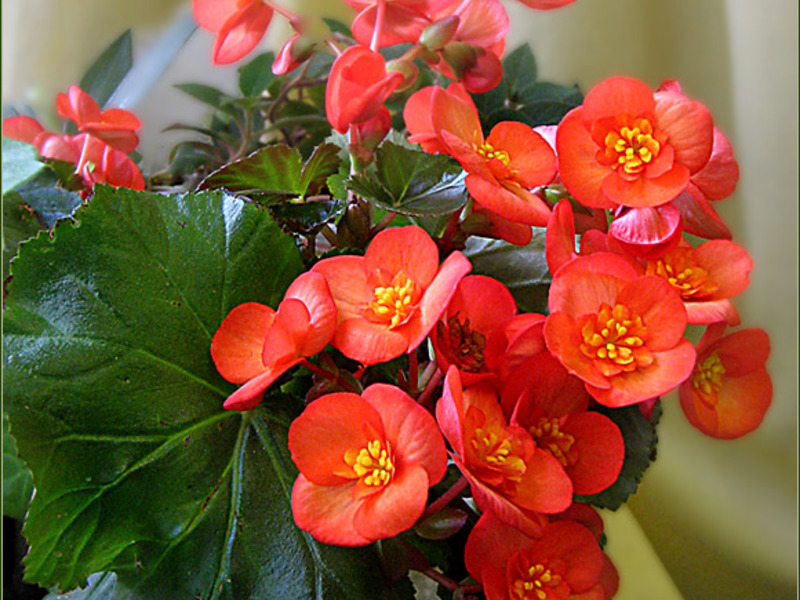
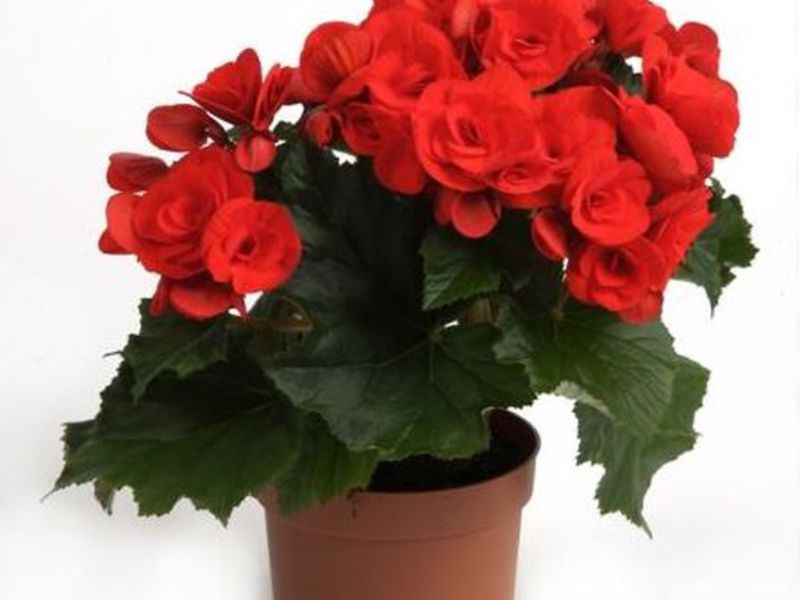
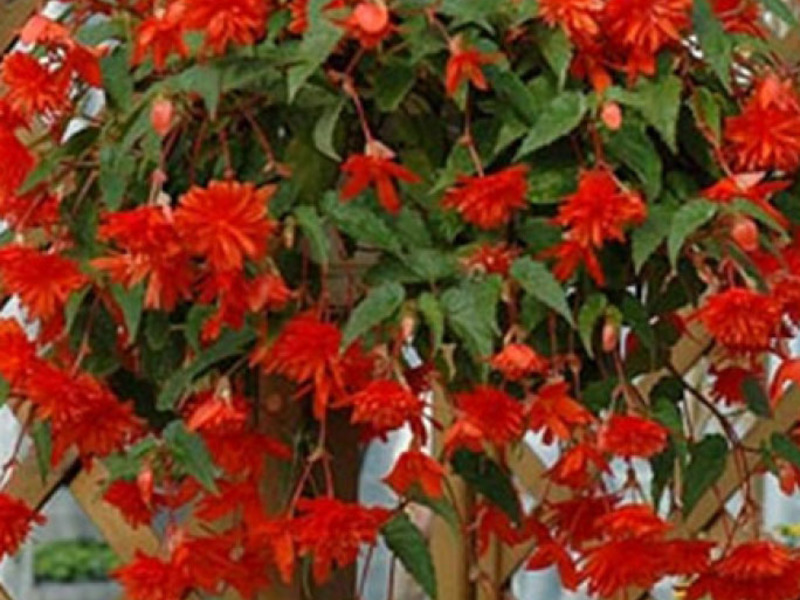
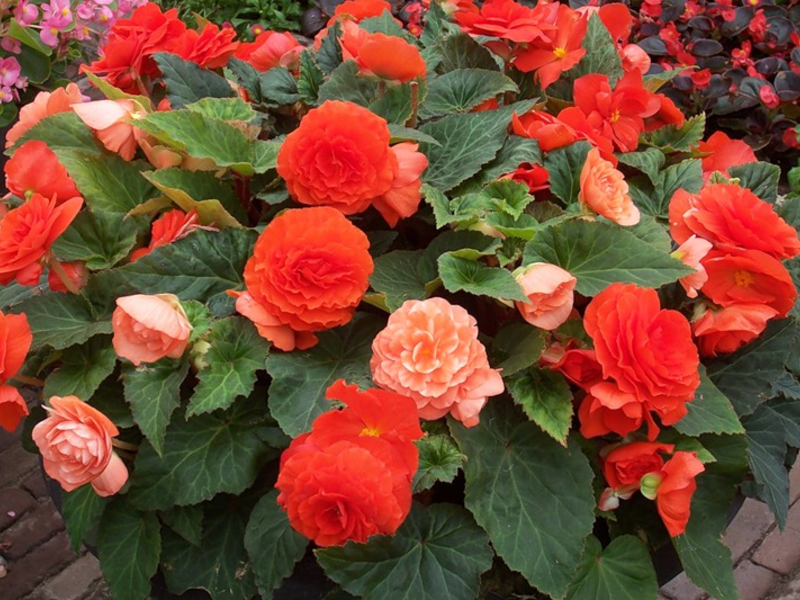
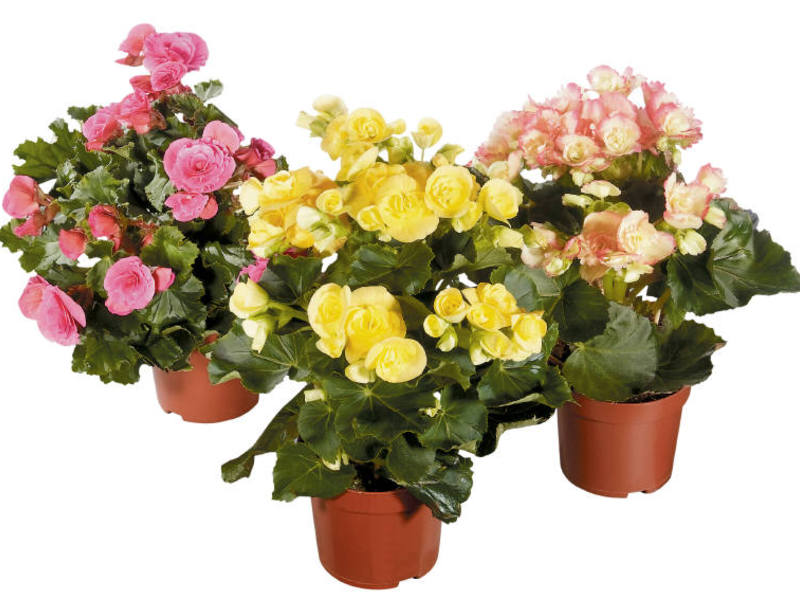
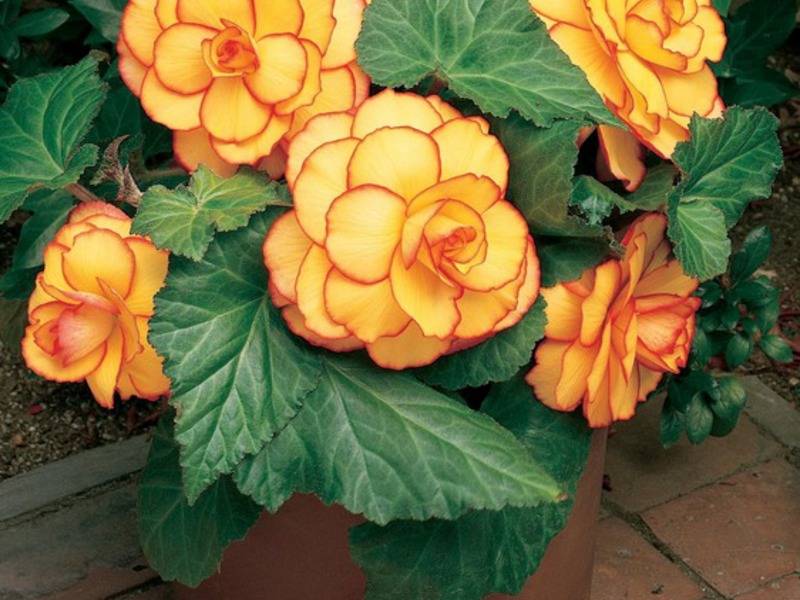
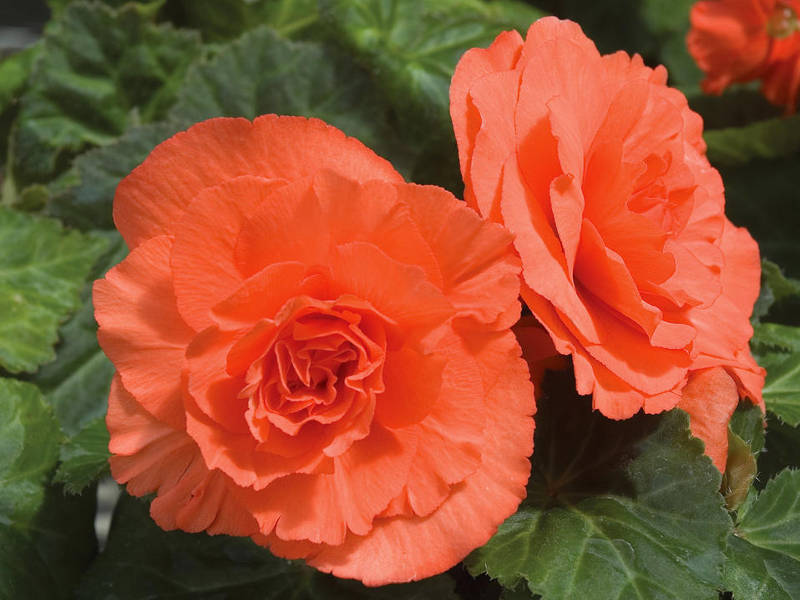
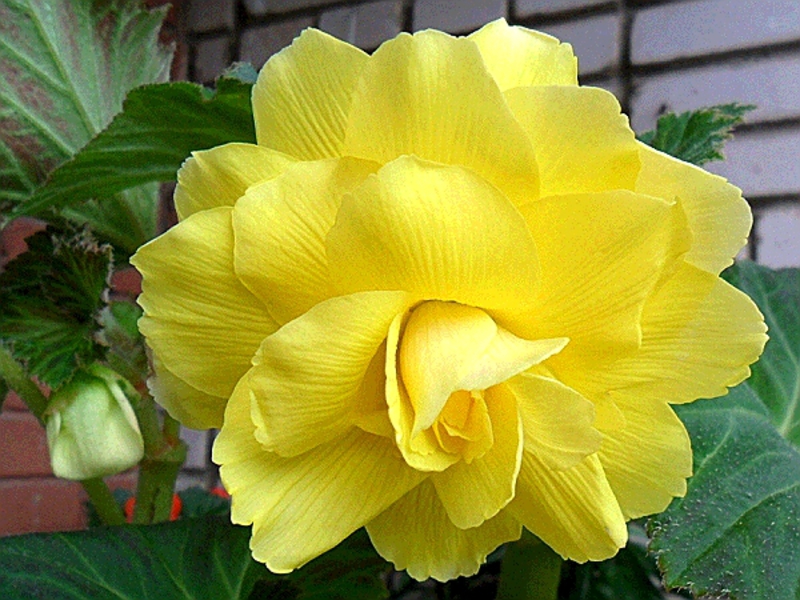
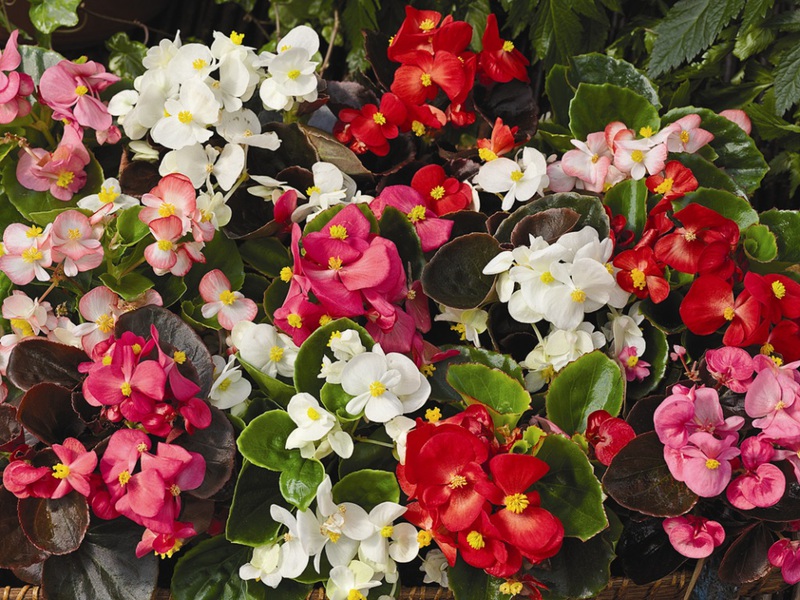
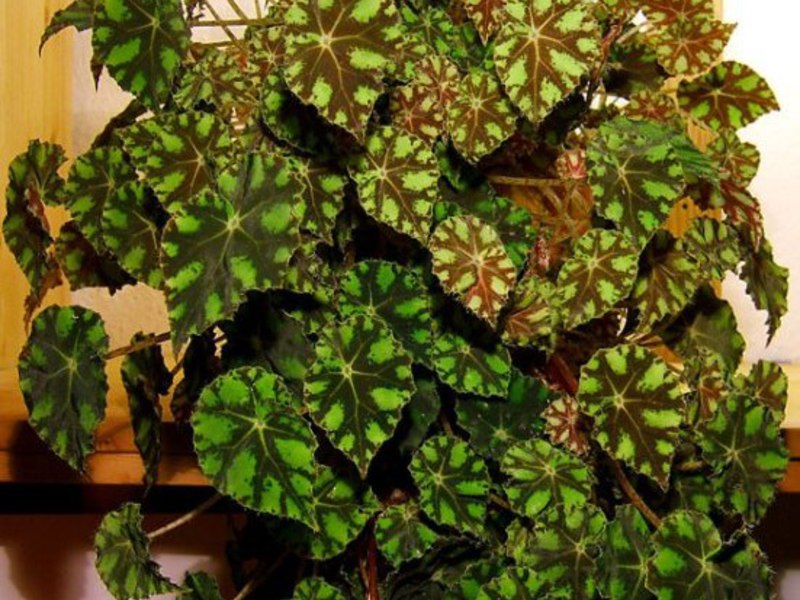
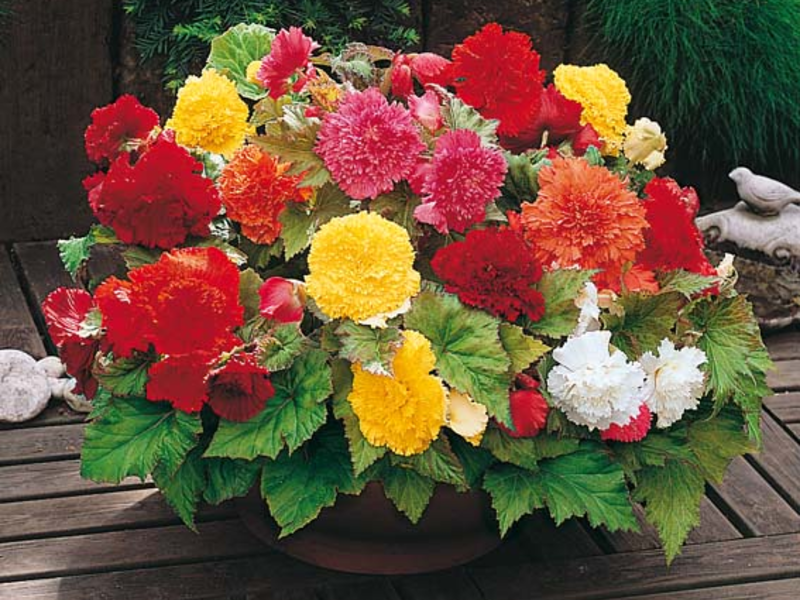

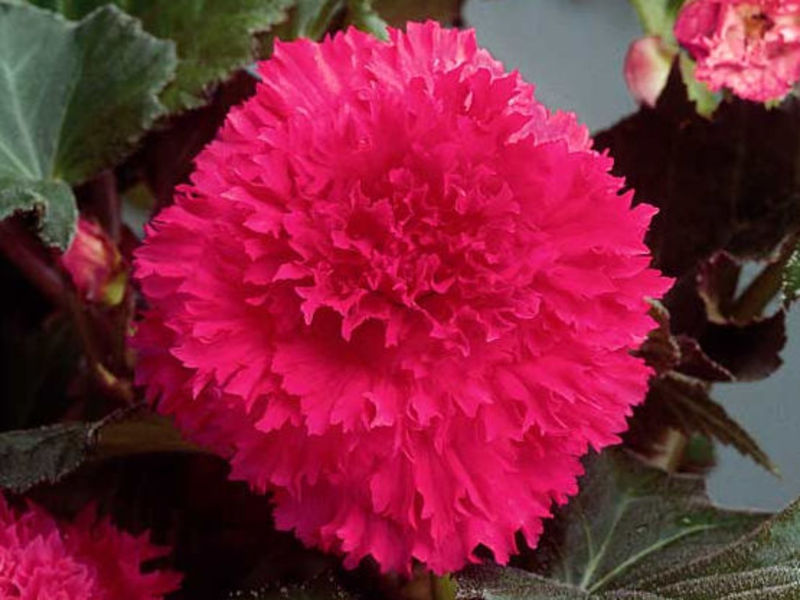
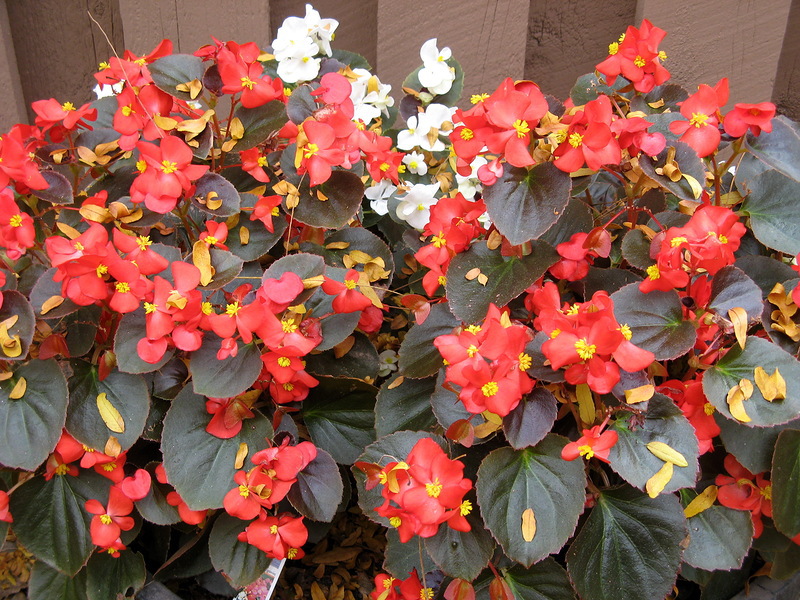
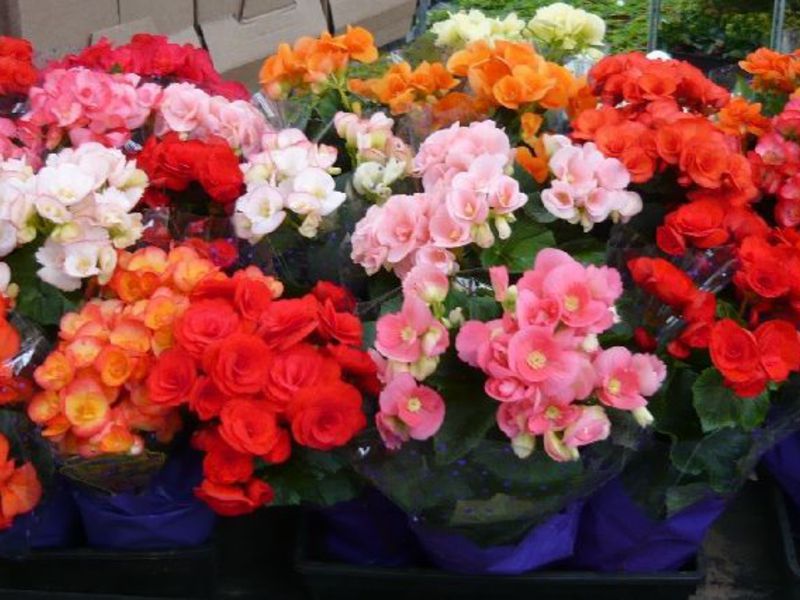
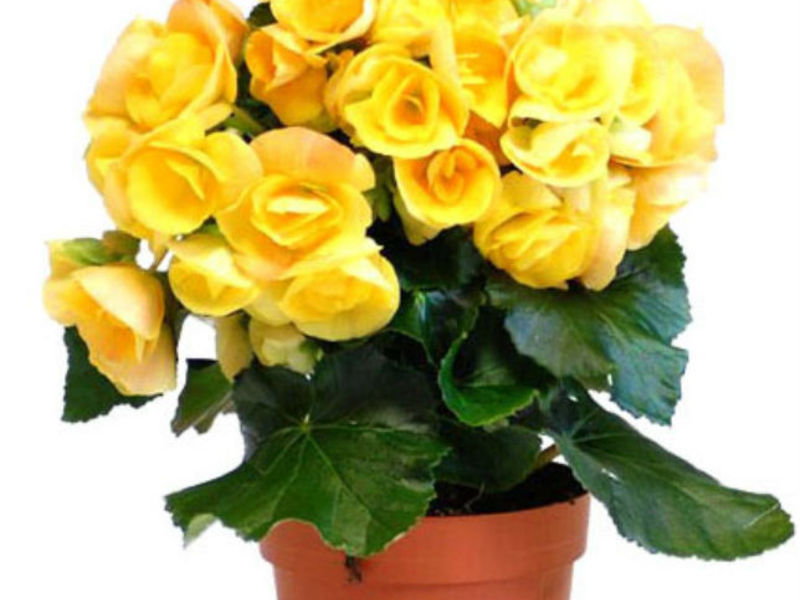

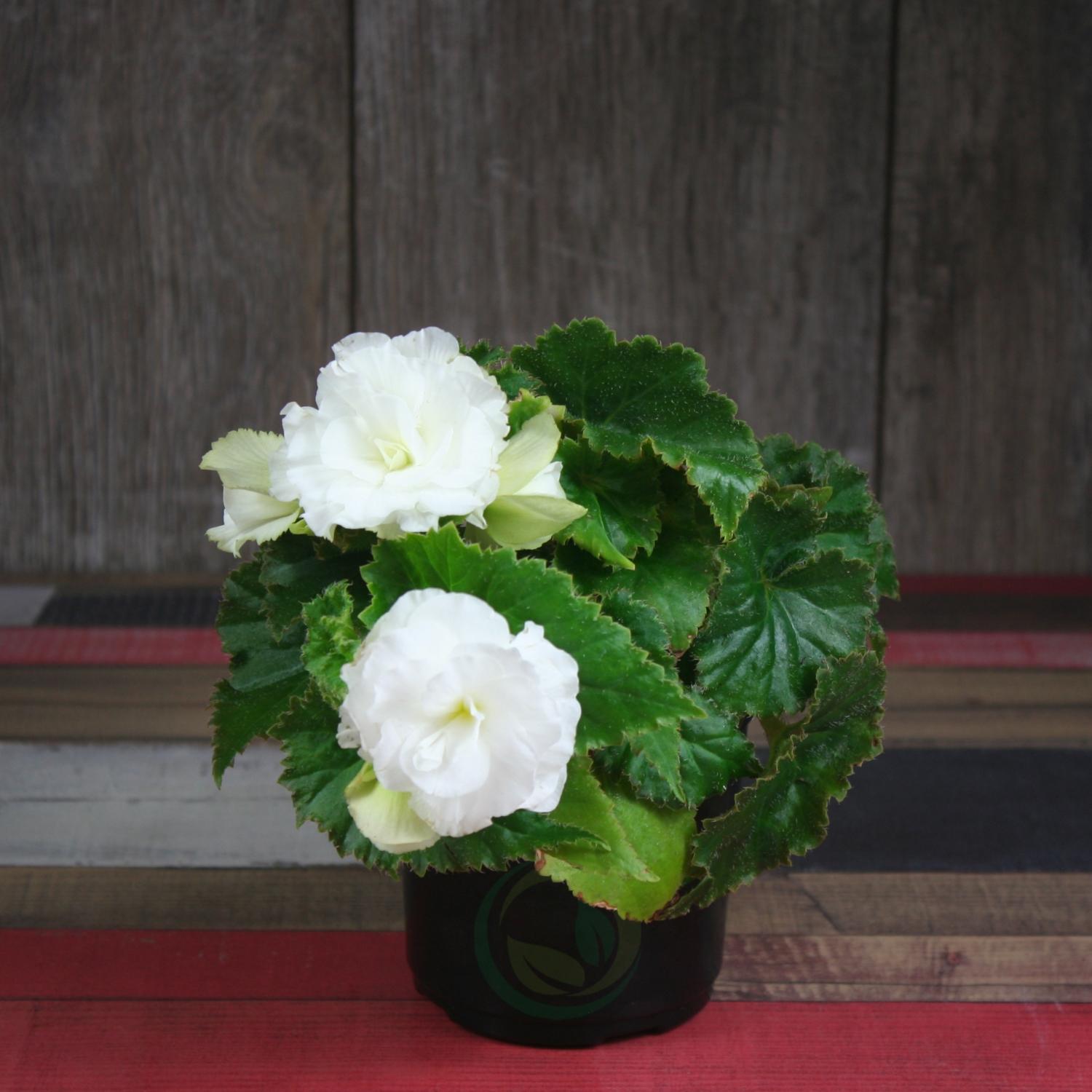

1 comment